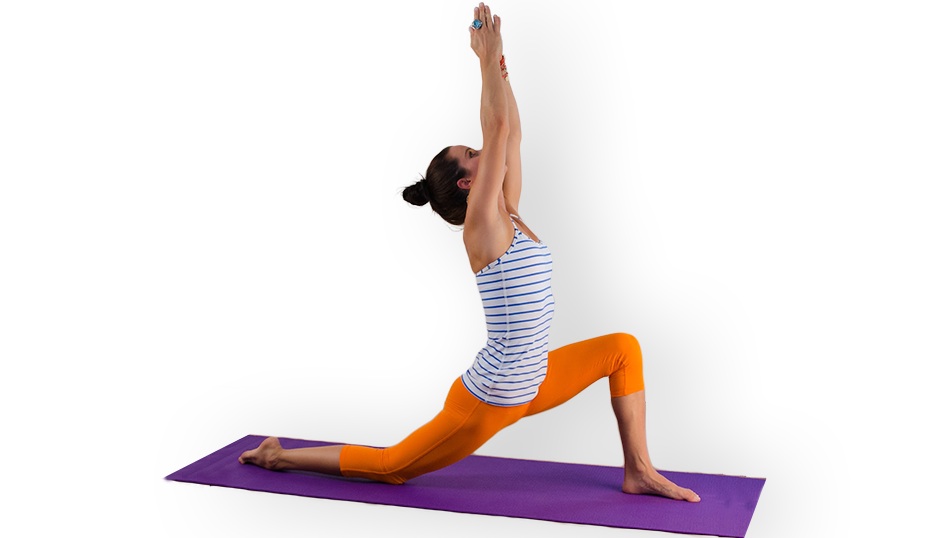In this connection there is an old Chinese tale of a proud oak tree and a humble bamboo plant. The oak tree was very, very big and strong and being proud of his strength and grandeur would deride the bamboo plant calling it a weak spindly thing. One day there was a terrible storm with unbelievably strong winds that whipped and thrashed the whole land. The grand oak put up a valiant fight but the storm ripped it out and smashed it to the ground. The bamboo however was left standing; as the storm had battered it, it had swayed and bent, sometimes bending right down to the ground. It had not tried to resist, not feeling strong and great, it had simply moved with the forces of nature, and with its light flexible stems had resisted the storm by surrendering to it.
What a lot of parallels we could draw from this tale! But let’s stick to stretching. The most obvious lesson is that a flexible body is much less prone to injury than a strong one. Of course, an equal balance of both is most desirable. There are four components to a safe and efficient stretch: attitude, timing, breathing and focus.
Attitude is very significant. If we are like the oak tree, strongly determined, goal-orientated, striving for perfection, ego driven, (does ‘no pain no gain’ sound familiar?) then our muscles tend to reflect this attitude. With this attitude we are likely to damage something. The bamboo suggests a much softer relaxed approach. For safe stretching we need to relax and let the muscles lengthen and joints open up in their own time; not using our will power we simply surrender to the pose.
Movement analysts inform us that as we go into a stretch the muscles automatically tighten up to resist potential damage to the joint. This reflex tightening lasts up to 18 seconds, then the muscles will release and soften and we can very carefully go a little deeper into the stretch. So to get a good stretch we need to allow ourselves the time for the muscles to lengthen. Five deep breaths is a good minimum and anything beyond that is a bonus.
The breath is another key component to a beneficial stretch. Slow deep breathing is very relaxing and it is relaxed muscles that will stretch well and safely. Every outward breath brings deeper relaxation and every inward breath brings energy and strength. This means that we should always apply the stretch on the outward breath when the muscles are relaxing.
Lastly the mind must be fully focused on all the different aspects of the pose checking the form, monitoring the sensation in the stretching muscle and checking the breath and making sure that we are being relaxed bamboo yogis and not pushy proud oaks!
